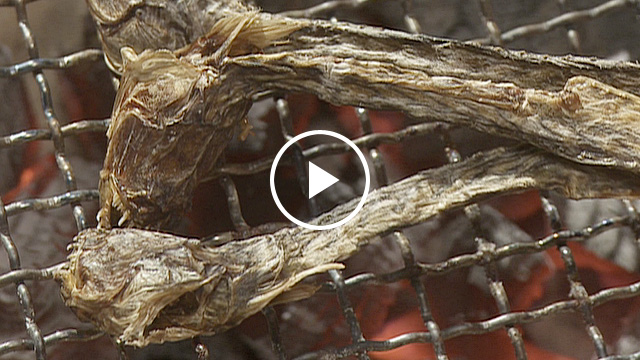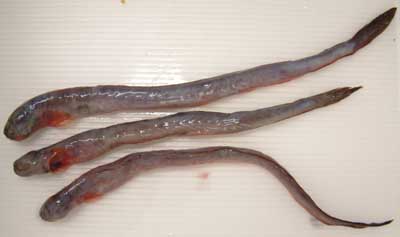The people of Oita are known for their flexible ways of thinking. As such, they welcome travelers from various different areas. Oita is a very mountainous area with rich nature, and famous hot springs are dispersed throughout the mountain regions. Oita is proud of having the largest annual yield of hot springs and the largest number of springheads in Japan, and this rich resource allows visitors to enjoy high-quality hot springs in various locations in the prefecture. Among them, Yufuin and Beppu are famous around the world, attracting over 10 million visitors a year from Japan and abroad. There are many inns and hotels in which to enjoy hot springs, and each accommodation competes in providing a unique ambience for its baths. You can select from a rich variety of baths, including an outdoor hot bath surrounded by trees, an ocean-view bath, a hot spring mixed with mineral mud and hot water, a bath with cobalt-blue water, etc.
In addition to the hot springs, Oita is known for its great food culture. You simply must try the seafood. Not to mention the horse mackerel and mackerel known as their famous brand names, Seki Aji and Seki Saba, the flounder and tiger puffer are really tasty. You can enjoy them in any seaside town. Particularly, the sushi made from fresh seafood in Saiki City is said to be the most delicious sushi in Japan. There is also a variety of local cuisine using chicken meat. In fact, Oita’s per capita consumption of chicken is the largest in Japan. Chicken is often served as tempura or karaage in the local Oita style. Oita’s seafood and chicken cuisines, along with tender Bungo beef, are not to be missed
The historical landscape is still preserved in Oita Prefecture. Usuki and Kitsuki in the eastern region of the prefecture, facing the Pacific Ocean, are known for their historical landscapes, which preserve the ambience of old Japan. At Kitsuki, there is a platform from where you can enjoy a panoramic view of Usuki Castle and the urban Usuki area. We recommend taking a picture with the beautiful landscape as a background. Old samurai residences are still preserved near Kitsuki Castle, which is one of the few places in Japan where you can feel the atmosphere of the Edo period (the seventeenth to mid-nineteenth centuries). Because Kitsuki is a coastal city, you can taste great seafood such as tempura donburi (rice with tempura) with huge deep-fried shrimp on top at a very reasonable price. You can travel from Kitsuki to Usuki in about an hour, either by bus or by train. At Usuki, you’ll want to take a casual walk, since the city cherishes its old Edo castle-town landscape. Additionally, we recommend a visit to the stone Buddhas of Usuki in the vicinity, which are designated as national treasures.
When you visit Oita Prefecture, please enjoy its great nature, hot springs and regional delicacies as well as the landscapes reminiscent of the Edo period. Seeing is believing. Once you visit Oita, you’ll discover that this region is full of enchanting elements that will make your trip a memorable one.
Oita Prefecture
Oita is located in the eastern part of Kyushu. It is situated close to both the sea and mountains, thus each season, Oita offers natural scenic beauty and super fresh seafood.
In terms of gush volume and the number of hot spring sources, Oita is blessed with an abundance of them.
Main cities and towns: Fukuoka, Dazaifu, Kita-kyushu, Kurume
Things to do in Oita
Yufuin
 Yufuin is a lovely hot spring town (hot springs are also known as Onsens) located in a small valley surrounded by mountains and easy access by express train or a bus from Fukuoka. For so many years Yufuin has always been ranked as one of the best Onsen destinations in Japan. The main street is lined with cafes, souvenir shops and small museums. It has become a popular tourist attraction especially for woman, as the atmosphere is more like a trendy shopping area than a traditional hot spring town.
Yufuin is a lovely hot spring town (hot springs are also known as Onsens) located in a small valley surrounded by mountains and easy access by express train or a bus from Fukuoka. For so many years Yufuin has always been ranked as one of the best Onsen destinations in Japan. The main street is lined with cafes, souvenir shops and small museums. It has become a popular tourist attraction especially for woman, as the atmosphere is more like a trendy shopping area than a traditional hot spring town.
 A "must-do" when you are in Yufuin is to try Rotenburo (open air bath) with the great view of Yufuin’s beautiful nature. You can immerse in yourself Yufuin and experience its rich nature in this timeless environment.
A "must-do" when you are in Yufuin is to try Rotenburo (open air bath) with the great view of Yufuin’s beautiful nature. You can immerse in yourself Yufuin and experience its rich nature in this timeless environment.
A rental bicycles service is available at the tourist office in JR Yufuin Station for a small charge.
- Access: 2hours by express train or bus from Hakata (Fukuoka)
 Yunotsubo Street
Yunotsubo Street
It’s a main street lined with many small shops, cafes, museums etc…
Kinrinko Lake
Kinrinko Lake is one of the landmarks of Yufuin located at the end of the main street. There is a hot-spring source which wells up in the bottom of the lake. In the cold early morning, particularly from fall to winter, the lake is shrouded in morning mist and creates a haunting atmosphere.
Tenso Shrine
A small shrine which stands along Kinrinko Lake.
Bussanji Temple
A small temple close to Lake Kinrinko, with a view of Mt. Yufu and surrounded by the great nature of Yufuin. There is a Buddhist temple treasured by the local people in Yufuin.
Ogo sha Shrine
The great cedar tree of this shrine was designated as a National important cultural asset in 1934. It measures 13.5m around the base and 35m high and is more than 1000 years old. The tree has a cavity of 5m² (3 tatami mat!). On the new year's eve of 1897, a fire got into its cavity and it continued to burn for 2 years 2 months and 2 days. People say they saw smokes gashing out from the top of the tree 30m up in the sky. Everybody thought the fire would kill the tree; however, it didn’t and it gained a power after this incident.
Usuki

Usuki is a former castle town and Samurai district and famous for its Usuki Sekibutsu (Stone Buddha). Usuki is located in the centre of Usuki City. It is highly recommended to take a stroll through the stone pavement called "Nioza Historical Road"
Free rental bicycles service available at JR Usuki station or for a small charge at the Tourist Information.
Usuki Sekibutsu (Stone Buddha)
 It is said that the Stone Buddha statues were carved out of cliff rocks around the 12th century. There are over 60 statues and 59 of them were designated as national treasures in 1995. The statues each have their own different and unique face. The site is surrounded by bamboo trees making it very peaceful atmosphere.
It is said that the Stone Buddha statues were carved out of cliff rocks around the 12th century. There are over 60 statues and 59 of them were designated as national treasures in 1995. The statues each have their own different and unique face. The site is surrounded by bamboo trees making it very peaceful atmosphere.
- Access:
20mins from JR Usuki by Bus. ¥300/per way
1hour from JR Oita station by Bus. ¥990/per way - Opening Hours:
06:00am – 07:00pm (April – September)
06:00am – 06:00pm (October – March) - Admission fee: JPY530
The Nioza Historical Road

The old castle town keeps the Edo period atmosphere with its stone-paved streets lined with white walls, old samurai residences and temples.
- Access: 10mins walk from JR Usuki Station
Seasonal event in Usuki:
Takeyoi festival  The beautiful bamboo lantern festival is held annually on the first weekend in November to welcome the soul of the Princess ‘Hannya-hime’
The beautiful bamboo lantern festival is held annually on the first weekend in November to welcome the soul of the Princess ‘Hannya-hime’
Beppu
Beppu is one of the oldest and most famous hot spring towns in Japan and is located in the Oita region. The town is surrounded by mountains and Beppu Bay and its gush volume is first ranking in Japan.
The Beppu hot springs consists of eight areas including Beppu, Myoban, Kannawa, Kankaiji and Hamawaki which are collectively called "Beppu Hatto"
Things to do in Beppu
‘Jiguku Meguri’, The Hell Tour along a path in the Kannawa area and it is the sightseeing highlight of Beppu. A ‘hell’ is basically a hot spring that you only look at rather than get in, unless you feel like you could brace temperatures up to 100°C. The three major spots are Umi jigoku (sea hell), Chino ike jigoku (blood pond hell) and Tatsumaki jigoku (tornado hell).
 Umi Jigoku
Umi Jigoku
The ‘sea hell’ features a pond of hot, cobalt blue water. It is one of the most beautiful hells.
Chinoike Jigoku
The ‘blood pond hell’ containing red melted clay gushes out red hot water. It is the most photogenic hell out of the nine hells.
Tatsumaki Jigoku
The ‘spout hell’ features a boiling hot geyser, which erupts every 25-30 minutes for about five minutes.
Oniishi bozu Jigoku
This hell is named after the mud bubbles, which emerge from boiling mud pools and look like the shaven heads of monks.
Shiraike Jigoku
According to its name, the ‘white pond hell’ features a pond of milky white water.
Kamado Jigoku
The ‘cooking pot hell’ features 6 unique boiling ponds and a demon coloured an angry red on the cooking pot.
Oniyama Jigoku
Also known as ‘crocodiles’ hell’ as around 70 crocodiles are bred here.
Yama Jigoku
The ‘mountain hell’ features small ponds of steaming hot water and a small zoo.
- The Hell Tour English brochure:
http://www.beppu-jigoku.com/images/English.pdf
What to eat in Oita
 Seki Aji (Seki horse mackerel)
Seki Aji (Seki horse mackerel)
Seki saba (Seki mackerel)
A mackerel caught by single-hook fishing from the Bungo Channel in Oita. Seki-Aji are widely known for their high quality and standard. The best season for Seki Aji is from March to October and for Seki Saba from September to
December.
Shiroshita Karei
a marbled sole from the sea below the Hiji castle ruins. The best season for Shiroshita Karei is from the end of May to September
Tora Fugu
(Tiger Blowfish): is one of the most prestigious edible Puffer Fish and it’s a local specialty of Usuki city. The most popular dish from the tora fugu is a sashimi called fugu-sashi. Fugu Nabe (hot pot) is also a popular style of fugu dish. The best season for tora fugu is from the end of September to the end of March
Tori ten
Chicken tempura, Oita’s most popular specialty.



















![[iChef][e-TICKET] Japan Strawberry (1pk)(300g)](http://gd.image-gmkt.com/mi2_s/892/809/432809892.jpg)
![[Etude House]♣ Etude Hair Items / Strawberry Sponge Hair Roll / Hair pincette/ Hair tools Bangs Pink](http://gd.image-gmkt.com/mi2_s/185/723/425723185.jpg)
![[Daily Green] Dr.Appletree diet shakes(Strawberry/cookie) 775g(31days)](http://gd.image-gmkt.com/mi2_s/087/665/430665087.jpg)















 Shingo Kawashima's
Shingo Kawashima's
 Female male left, right
Female male left, right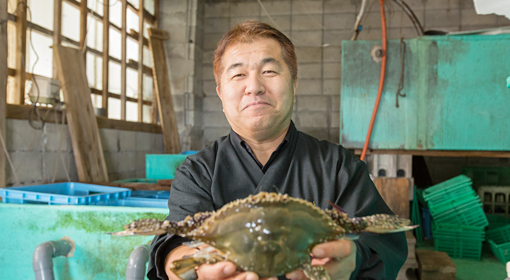 Kawashima Kudasaru talking about "Takesaki crab" in front of the cages
Kawashima Kudasaru talking about "Takesaki crab" in front of the cages I close the crab in rice washing through
I close the crab in rice washing through Things to be in the middle of the body nearly Key points of crab
Things to be in the middle of the body nearly Key points of crab
 Crab take the belly side "a waist" first boiled female
Crab take the belly side "a waist" first boiled female
 I remove the shell
I remove the shell
 After divided so as divided into left and right, to eat by dividing in each leg. Part of the orange's egg
After divided so as divided into left and right, to eat by dividing in each leg. Part of the orange's egg Females with eggs delicious even if baked crab
Females with eggs delicious even if baked crab

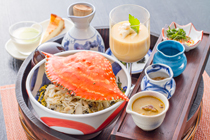
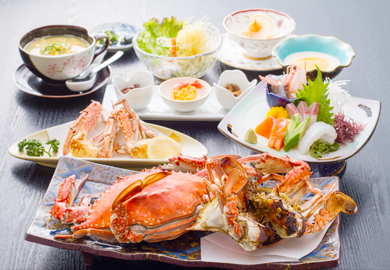 Course meal that you can enjoy was crab, and grilled crab boiled the "Takesaki crab" is one 4,000 yen to 10,000 yen. Photo courses 6,000 yen.
Course meal that you can enjoy was crab, and grilled crab boiled the "Takesaki crab" is one 4,000 yen to 10,000 yen. Photo courses 6,000 yen.




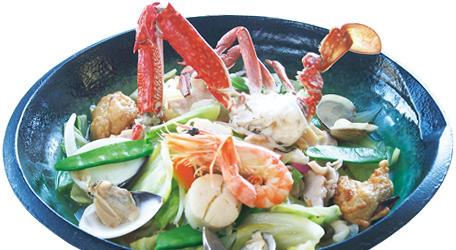

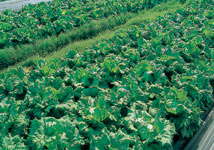




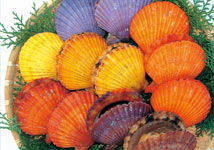
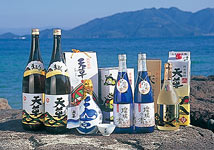







 Mr. Ueda Shin-ro
Mr. Ueda Shin-ro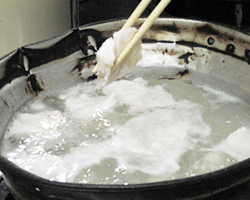
 Only that the salt from a salt opener, and placed in cold water and boil
Only that the salt from a salt opener, and placed in cold water and boil
 I boil the gills called another name "eyelashes"
I boil the gills called another name "eyelashes"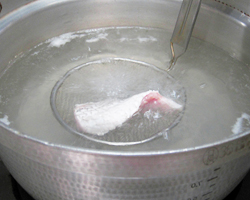
 those scales are on take the scales while exposed to running water and boiled
those scales are on take the scales while exposed to running water and boiled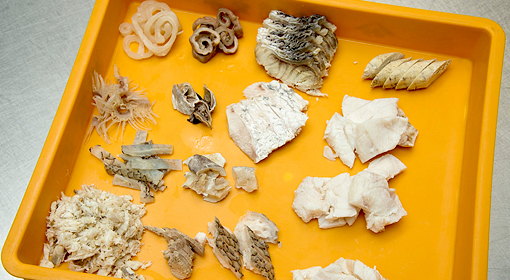 Each site which I cut it after I lay in the refrigerator overnight
Each site which I cut it after I lay in the refrigerator overnight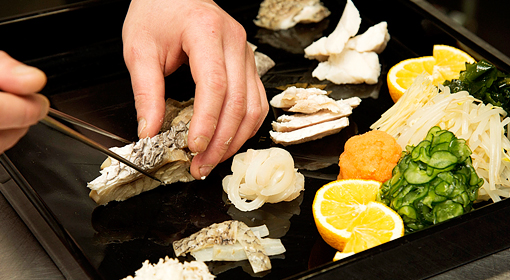 I dish out to the caliber of the black
I dish out to the caliber of the black Lined the various sites "head cuisine"
Lined the various sites "head cuisine"

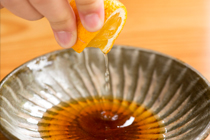
 There are five rooms in total private room that can be a meal slowly
There are five rooms in total private room that can be a meal slowly
 Mr. Shuji Tomonaga
Mr. Shuji Tomonaga I cut earlier part of the body
I cut earlier part of the body Only that you cut, to the salt
Only that you cut, to the salt
 Boiled only that the salt and tighten with ice water
Boiled only that the salt and tighten with ice water
 After boiled, site scales is equipped with, take the scales while exposed to running water
After boiled, site scales is equipped with, take the scales while exposed to running water
 Cut after being cooled
Cut after being cooled "Head" cuisine. Texture variety is also a important element of taste
"Head" cuisine. Texture variety is also a important element of taste Ella, also referred to as "eyelashes". Ella told me that he is soft, large fish of the bottoms
Ella, also referred to as "eyelashes". Ella told me that he is soft, large fish of the bottoms


 "Head cuisine" 3,000 yen (about 3 servings). ※ Reservation required.There is also a site where I can not eat with the seasons, such as Mako
"Head cuisine" 3,000 yen (about 3 servings). ※ Reservation required.There is also a site where I can not eat with the seasons, such as Mako
 Abe's Toyoki
Abe's Toyoki Ara which is provided for each region
Ara which is provided for each region Seaweed and vegetables to be served with plenty of
Seaweed and vegetables to be served with plenty of I go served by One Product
I go served by One Product Was well served color "head" cuisine. It is the time of the season of Kavos, Kavos also be accompanied with
Was well served color "head" cuisine. It is the time of the season of Kavos, Kavos also be accompanied with


 "Head" cuisine 10,000 yen (5-6 servings). ※ Reservation required.You may contact by telephone
"Head" cuisine 10,000 yen (5-6 servings). ※ Reservation required.You may contact by telephone
























 Mr. Hasegawa HiroshiOsamu
Mr. Hasegawa HiroshiOsamu Hasegawa, who was in hand "Subokaki"
Hasegawa, who was in hand "Subokaki" Anoint the surface by tapping the hammer to "Dried Warasubo"
Anoint the surface by tapping the hammer to "Dried Warasubo"
 After sprinkled with special seasoning on one side, dropping the extra seasoning by tapping the break even
After sprinkled with special seasoning on one side, dropping the extra seasoning by tapping the break even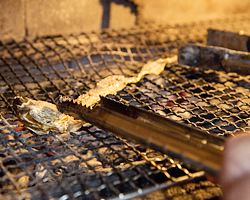

 Hasegawa love the Ariake Sea has created "local cuisine certificate"
Hasegawa love the Ariake Sea has created "local cuisine certificate"


 "Charcoal Broiled Warasubo" 450 yen
"Charcoal Broiled Warasubo" 450 yen
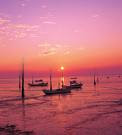




 The Ariake Sea, with a maximum tidal range of 6 m, is a shallow sea whose bottom is made of sandy mud and its water is a mixture of seawater flowing from the outer sea and fresh river water. Sandy mud and rich nutrients flow into the sea from the rivers and the bay is shallow for a long distance from the shore. Therefore, on full or new moon nights, a vast flat land can be seen.
The Ariake Sea, with a maximum tidal range of 6 m, is a shallow sea whose bottom is made of sandy mud and its water is a mixture of seawater flowing from the outer sea and fresh river water. Sandy mud and rich nutrients flow into the sea from the rivers and the bay is shallow for a long distance from the shore. Therefore, on full or new moon nights, a vast flat land can be seen.